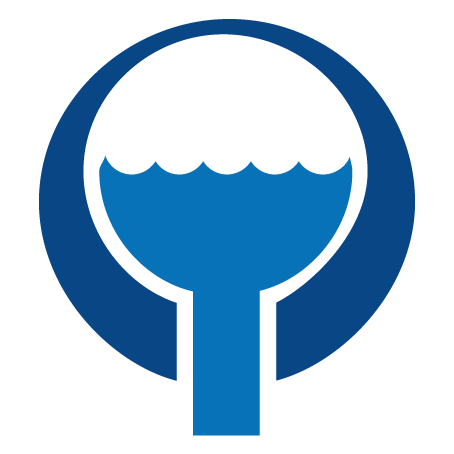We are not normally aware of our bladder until it is full. The bladder muscle and the nerve supply work together and accommodate increasing volume of urine without any rise in the pressure, until the bladder reaches its capacity.
Bladder dysfunction can have a serious impact on individual’s quality of life and can affect their ability to carry out their job and interact with people.
Bladder conditions may present with any of the following:
Overactive Bladder
Having to urinate frequently & Urinary urgency – Needing to rush to get to the toilet to urinate. It may be related to excessive coffee/ Tea, fizzy drinks etc and can be controlled by cutting back on these and undertaking bladder training. You may also require medication to relax bladder muscle.
Incontinence
Leakage of urine without any control. Usually it is small amounts but can be flooding causing embarrassing situation. The type of leakage can be either urge leak due to overactive bladder or stress leak due to weak pelvic floor/sphincter. Significant improvement can be obtained by losing weight in obese patients, and carrying out pelvic floor exercises. Wearing pads is a temporary measure and may require surgical procedures.
Urinary infection
Cystitis: More common in women due to closeness of urethra to other passages (Vagina & rectum). Preventive measures include maintaining good fluid intake, hygienic measures and emptying bladder after intercourse. Recurrent infections may require prophylactic antibiotic therapy. Conservative measures include use of Cranberry extract, D’Mannose etc.
Bladder pain
Can be due to a condition called Interstitial Cystitis. Patient get symptoms of cystitis associated with bladder pain and urine tests do not show bacteria. There may be blood in the urine and cystoscopy and biopsies may be needed for diagnosis.
Blood in the urine (haematuria)
Bladder cancer can sometimes present with this symptom and should not be ignored. Usual investigations include scans- ultrasound, CT, Urine cytology and Cystoscopy (inspection of the bladder with a telescopic instrument).
Most bladder symptoms can be treated with simple measures and medication.

